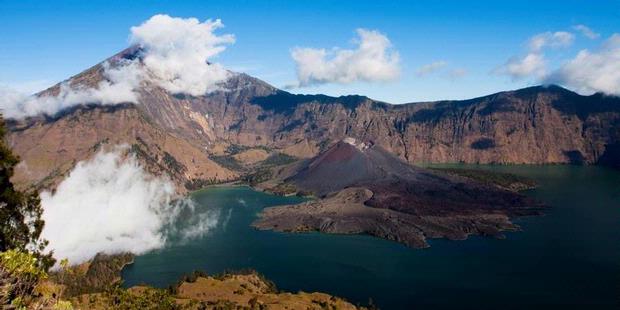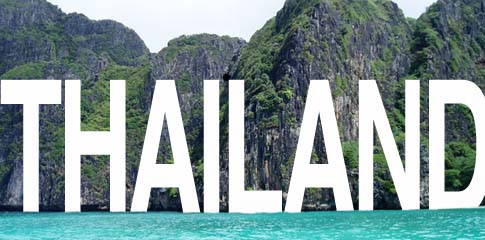
Jakarta - Rektor UI Gumilar Rusliwa Somantri sungguh dikepung unjuk rasa hari ini. Para mahasiswanya berdemo di Rektorat Kampus UI Depok. Sementara, sekitar 200 pegawai UI berunjuk rasa ke kantor Kemendiknas.
Sekitar 200 pegawai UI dari Paguyuban Pekerja UI datang dengan 3 bus besar ke kantor Kemendiknas, Jl Jenderal Sudirman, Jakarta, Rabu (28/9/2011), pukul 10.30 WIB. Mereka memakai baju batik dan pin bertuliskan 'Pekerja UI Menggugat'.
Begitu massa yang terdiri dari para dosen dan karyawan UI ini datang, satpam langsung menutup gerbang Kemendiknas. Massa lantas berorasi di trotoar dan dipimpin orator dari mobil sound system.
"Alihkan status menjadi PNS seluruhnya. Jadikan UI kampus yang mendidik anak-anaknya menjadi penerus bangsa," pekik orator.
Para pekerja UI menuntut kejelasan status kepegawaian mereka yang digantung bertahun-tahun oleh Rektorat. Mereka bukan PNS, tapi juga bukan pegawai BHMN. Akibatnya, standar kesejahteraan pun terabaikan.
"Pekerja UI menggugat!" demikian massa meneriakkan yel-yel.
Seorang dosen muda yang enggan disebutkan namanya menceritakan nasib para koleganya. Status kepegawaian yang tidak menjelas membuat para dosen tak ubahnya guru bimbel belaka.
"Dosen yang nggak jelas statusnya ini jadi kayak guru bimbel. Dibayar sesuai SKS, padahal nggak semua dosen bisa dapat SKS banyak," ujarnya.
Pukul 11.15 WIB, 10 perwakilan pekerja UI dari berbagai fakultas, masuk untuk menemui Dirjen Dikti Djoko Santoso. Pekerja UI ini dipimpin Ketua Presidium Paguyuban Pekerja UI Andri Wibisana. Sementara massa yang lain melanjutkan aksi di depan Kemendiknas.
Aksi para pekerja UI ini membuat lalu lintas di Jl Jenderal Sudirman dari Bundaran Senayan arah ke Semanggi tersendat. Bus yang membawa massa diparkir di jalur lambat, dan para pengguna jalan pun banyak yang melambatkan kendaraan untuk melihat aksi.
Hingga pukul 11.30 WIB, aksi masih terus berlangsung. Sebelumnya, sekitar 500 mahasiswa UI juga menggelar demo pararel di depan Rektorat Kampus UI Depok.
Tuntutan para mahasiswa ini berbeda, yaitu meminta transparansi uang kuliah dan proses masuk UI yang adil. Namun, mahasiswa dan para pekerja UI sama-sama menuntut pertanggungjawaban Rektor Gumilar.
(fay/vit)
Sumber : detik.comSekitar 200 pegawai UI dari Paguyuban Pekerja UI datang dengan 3 bus besar ke kantor Kemendiknas, Jl Jenderal Sudirman, Jakarta, Rabu (28/9/2011), pukul 10.30 WIB. Mereka memakai baju batik dan pin bertuliskan 'Pekerja UI Menggugat'.
Begitu massa yang terdiri dari para dosen dan karyawan UI ini datang, satpam langsung menutup gerbang Kemendiknas. Massa lantas berorasi di trotoar dan dipimpin orator dari mobil sound system.
"Alihkan status menjadi PNS seluruhnya. Jadikan UI kampus yang mendidik anak-anaknya menjadi penerus bangsa," pekik orator.
Para pekerja UI menuntut kejelasan status kepegawaian mereka yang digantung bertahun-tahun oleh Rektorat. Mereka bukan PNS, tapi juga bukan pegawai BHMN. Akibatnya, standar kesejahteraan pun terabaikan.
"Pekerja UI menggugat!" demikian massa meneriakkan yel-yel.
Seorang dosen muda yang enggan disebutkan namanya menceritakan nasib para koleganya. Status kepegawaian yang tidak menjelas membuat para dosen tak ubahnya guru bimbel belaka.
"Dosen yang nggak jelas statusnya ini jadi kayak guru bimbel. Dibayar sesuai SKS, padahal nggak semua dosen bisa dapat SKS banyak," ujarnya.
Pukul 11.15 WIB, 10 perwakilan pekerja UI dari berbagai fakultas, masuk untuk menemui Dirjen Dikti Djoko Santoso. Pekerja UI ini dipimpin Ketua Presidium Paguyuban Pekerja UI Andri Wibisana. Sementara massa yang lain melanjutkan aksi di depan Kemendiknas.
Aksi para pekerja UI ini membuat lalu lintas di Jl Jenderal Sudirman dari Bundaran Senayan arah ke Semanggi tersendat. Bus yang membawa massa diparkir di jalur lambat, dan para pengguna jalan pun banyak yang melambatkan kendaraan untuk melihat aksi.
Hingga pukul 11.30 WIB, aksi masih terus berlangsung. Sebelumnya, sekitar 500 mahasiswa UI juga menggelar demo pararel di depan Rektorat Kampus UI Depok.
Tuntutan para mahasiswa ini berbeda, yaitu meminta transparansi uang kuliah dan proses masuk UI yang adil. Namun, mahasiswa dan para pekerja UI sama-sama menuntut pertanggungjawaban Rektor Gumilar.
(fay/vit)












